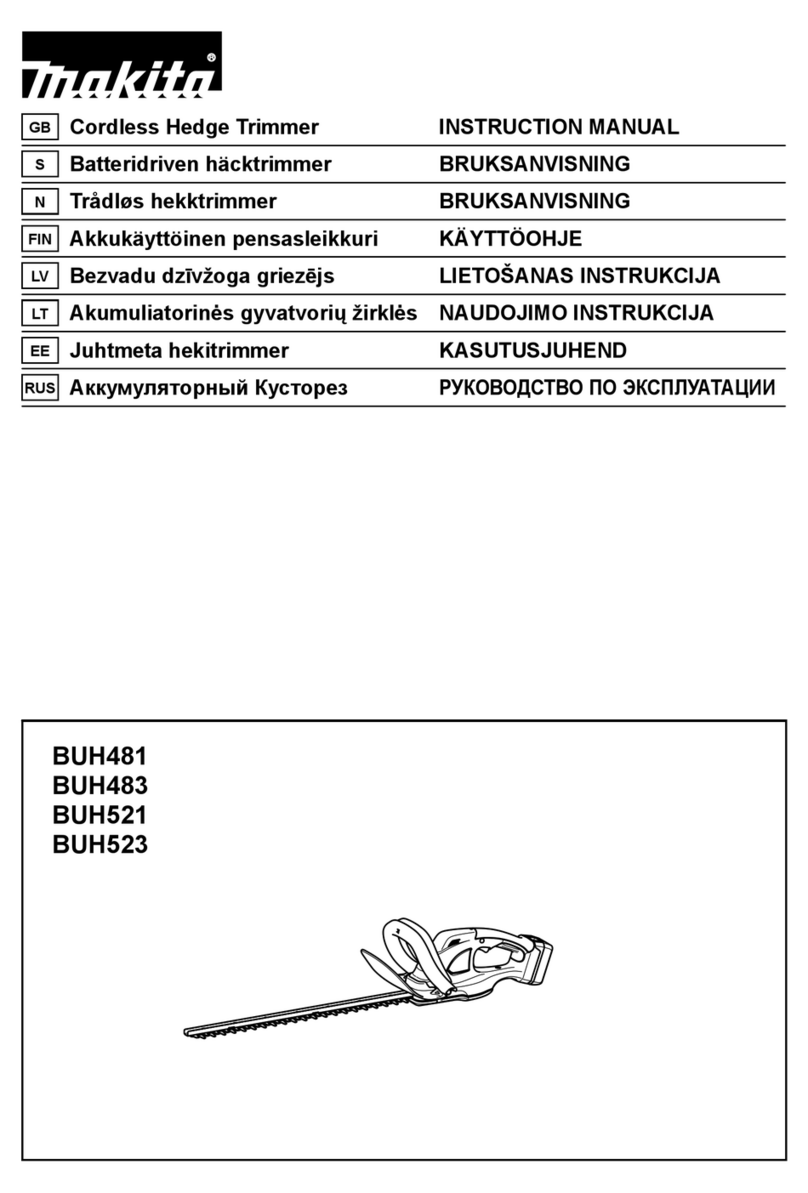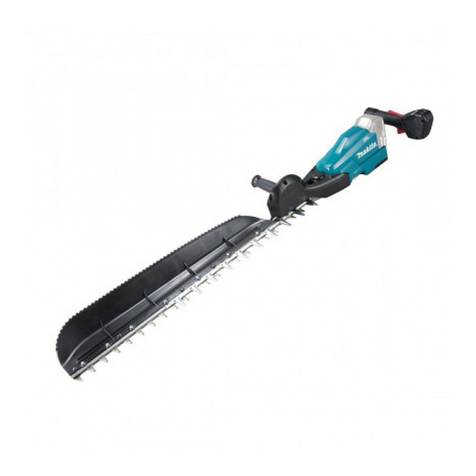Makita DRT50 User manual
Other Makita Trimmer manuals
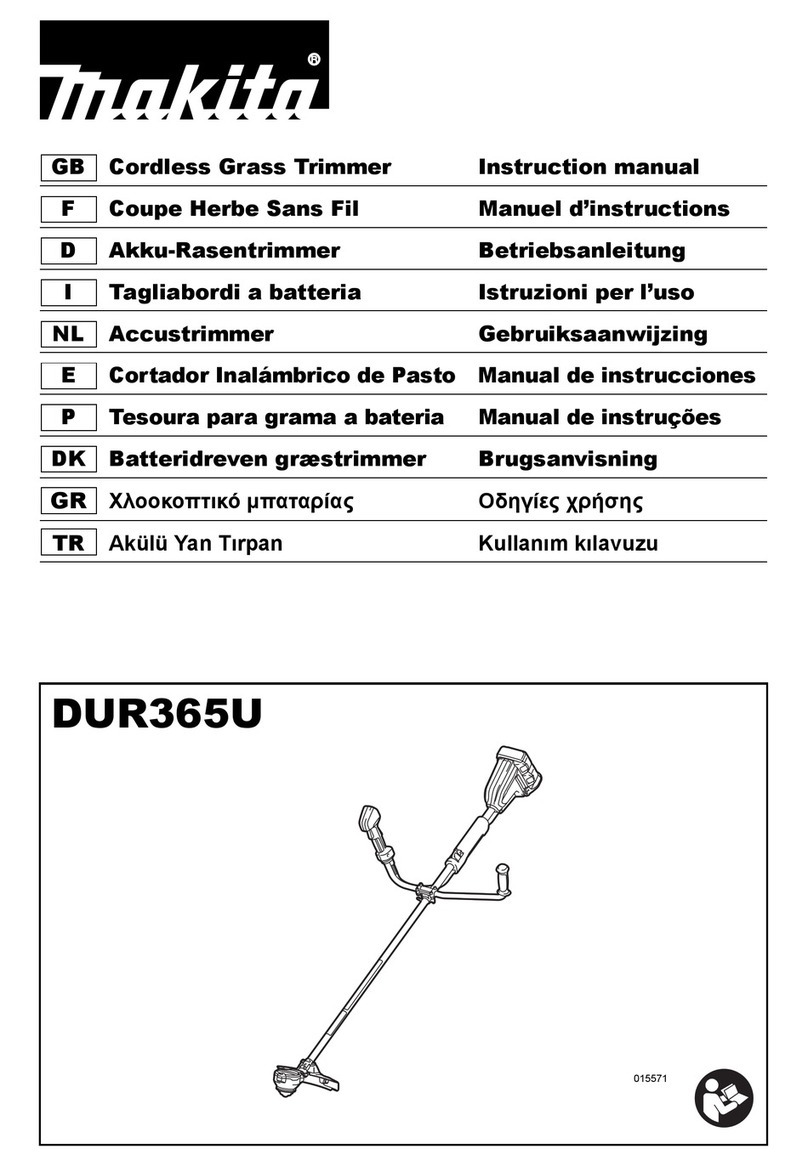
Makita
Makita DUR365U User manual

Makita
Makita HTB7600 User manual
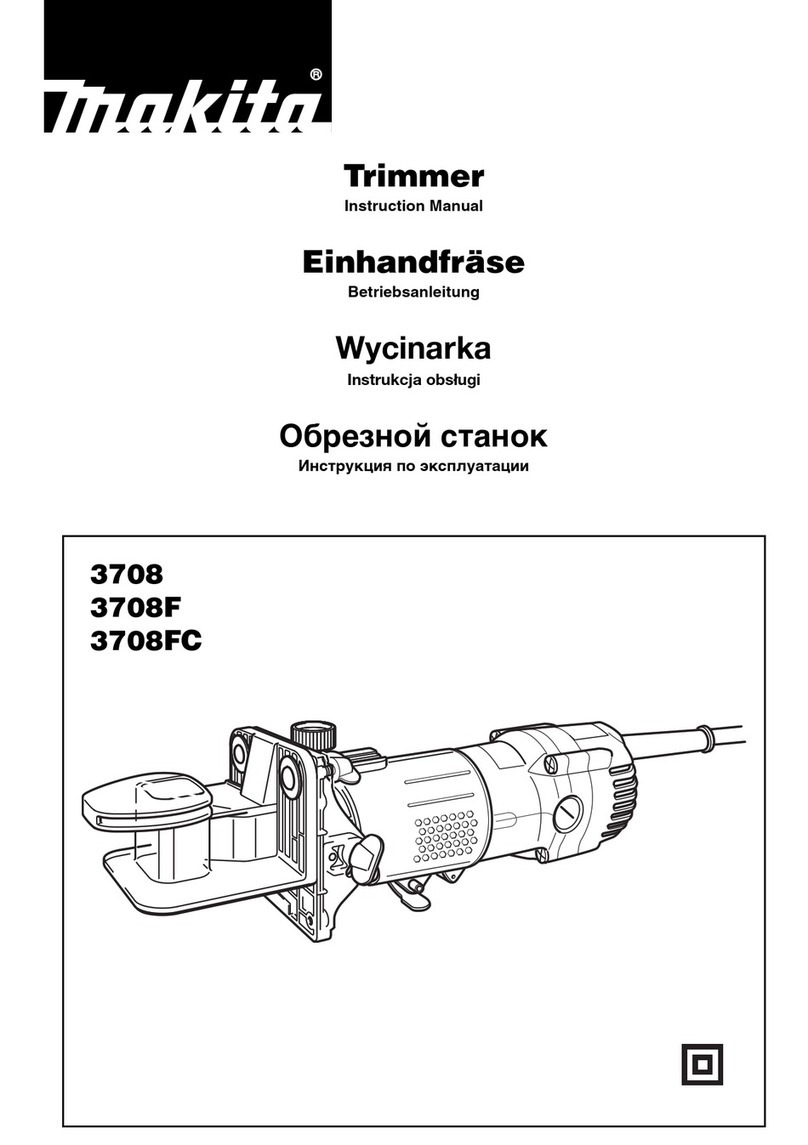
Makita
Makita 3708 User manual

Makita
Makita RT0700C User manual
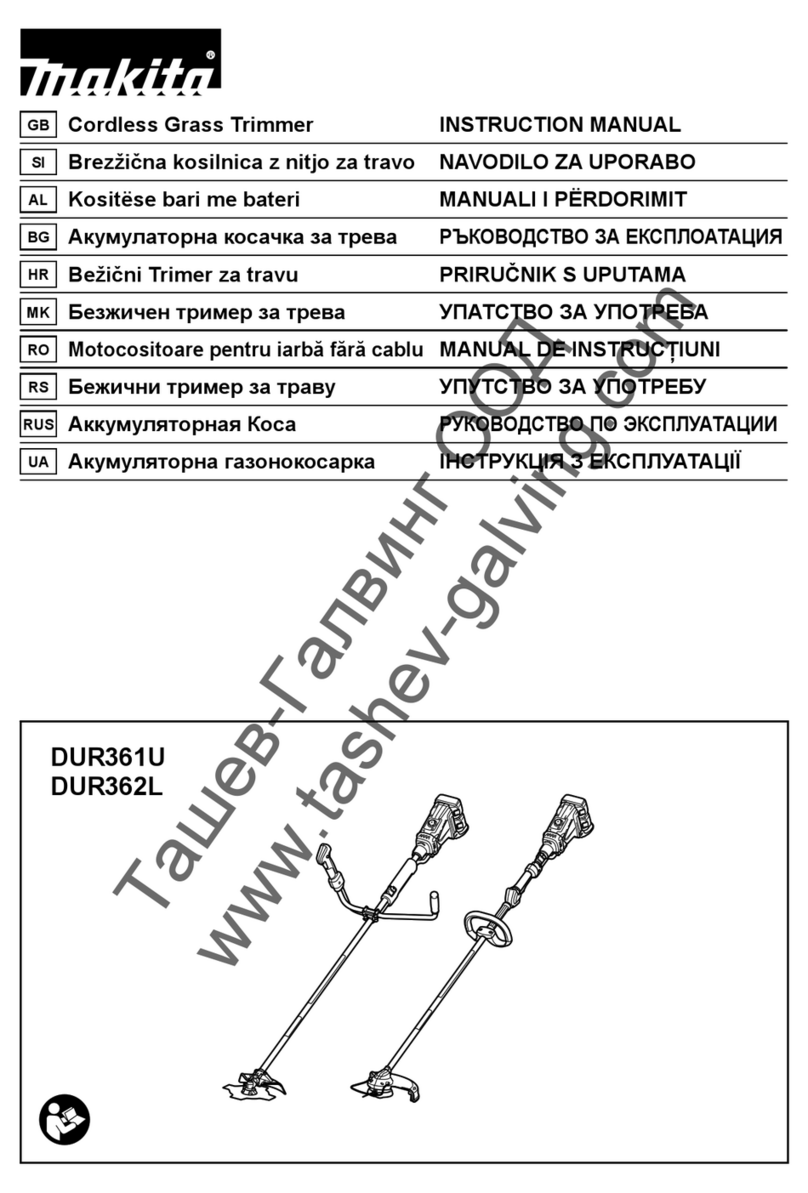
Makita
Makita DUR361U User manual

Makita
Makita 3707 User manual
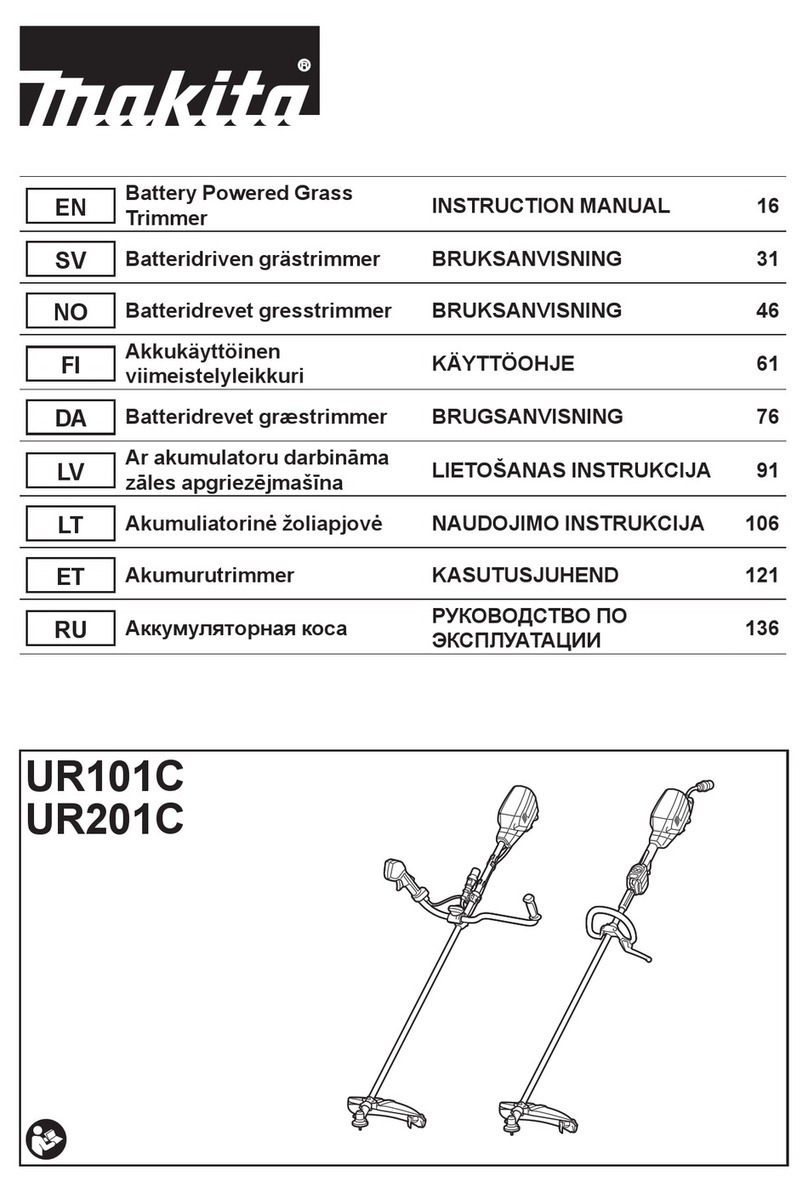
Makita
Makita UR101C User manual

Makita
Makita EH7500S User manual
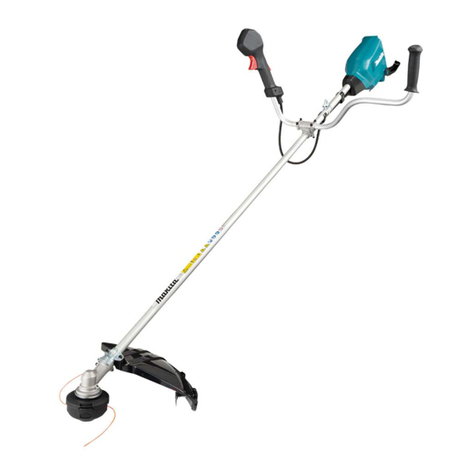
Makita
Makita DUR369APT2 User manual
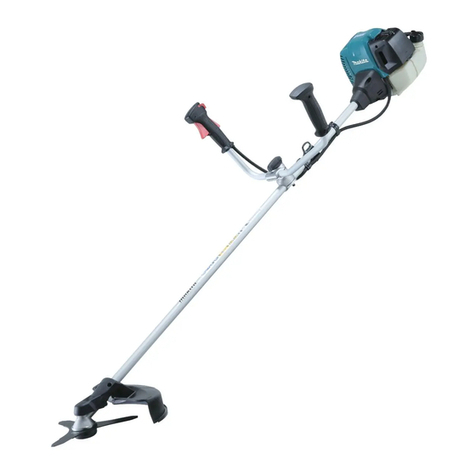
Makita
Makita EM4351UH User guide

Makita
Makita UM600D User manual
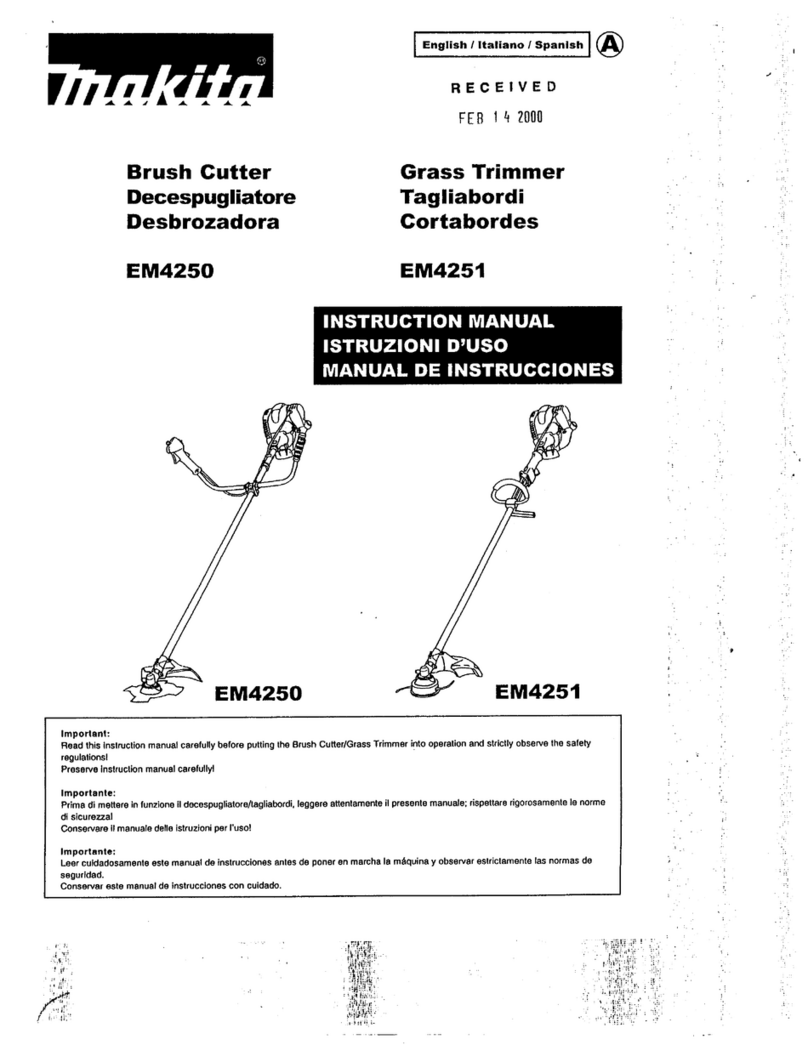
Makita
Makita EM4250 User manual

Makita
Makita EN410MP User manual
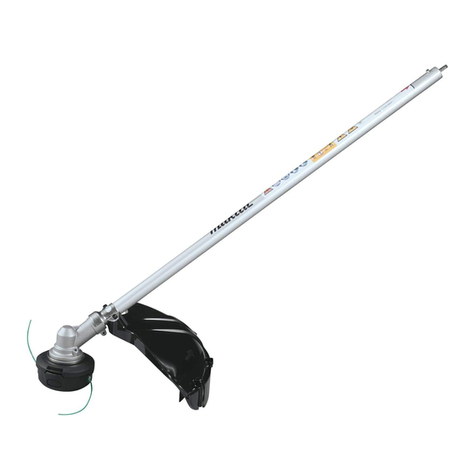
Makita
Makita EM404MP User guide

Makita
Makita DUH523RT User manual
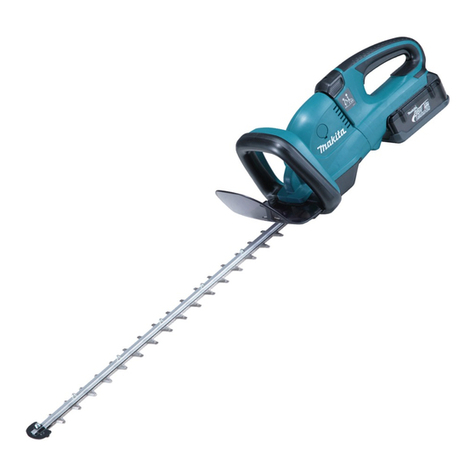
Makita
Makita UH550D User manual
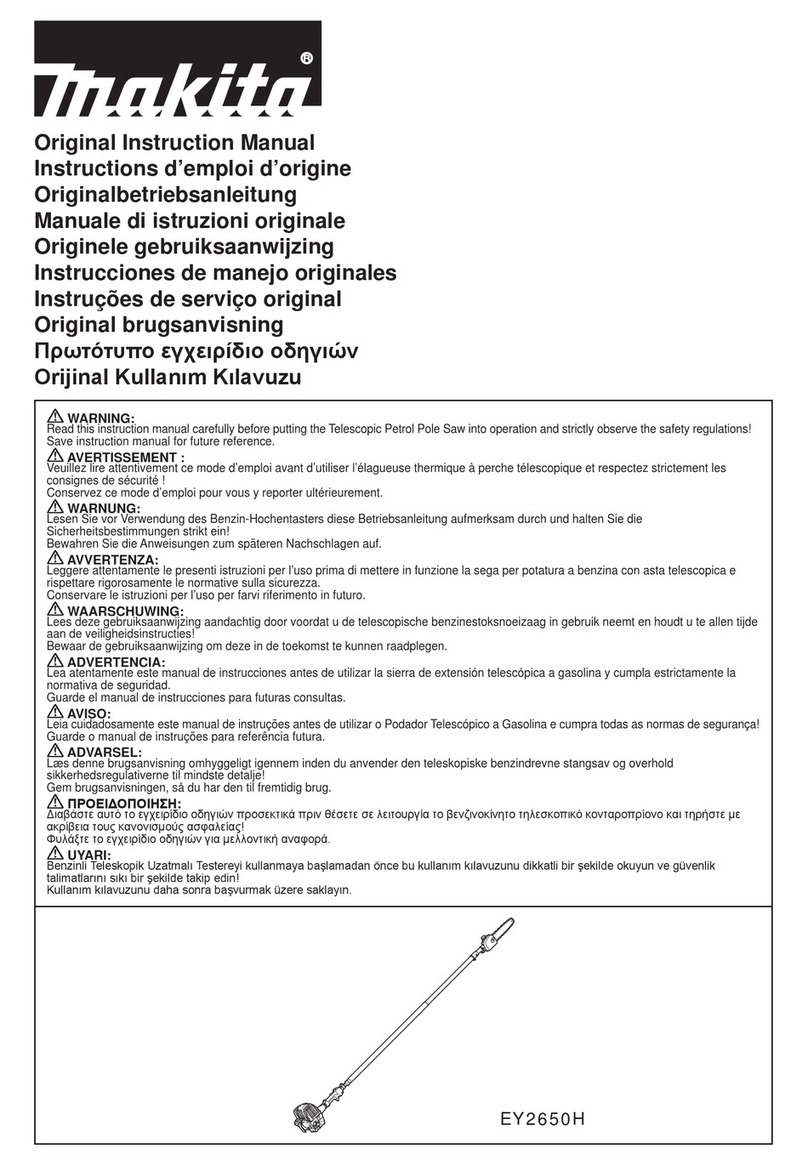
Makita
Makita EY2650H User guide
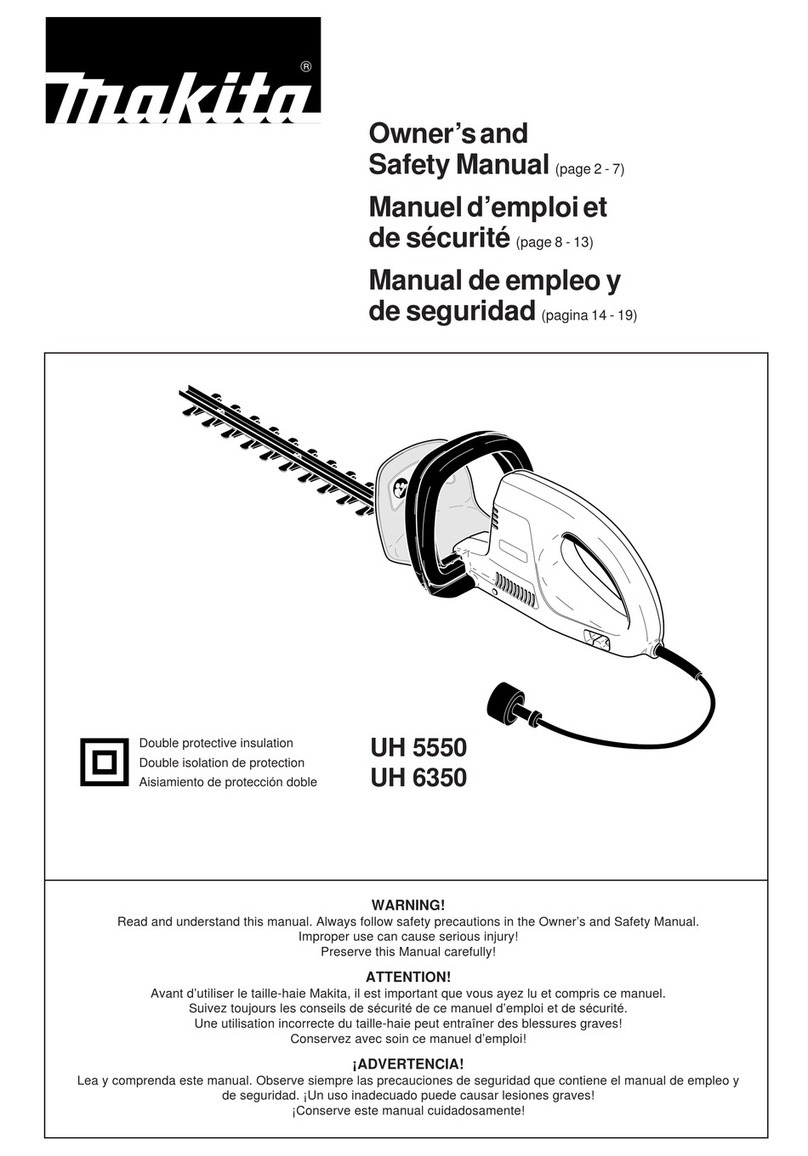
Makita
Makita UH 6350 Instruction Manual
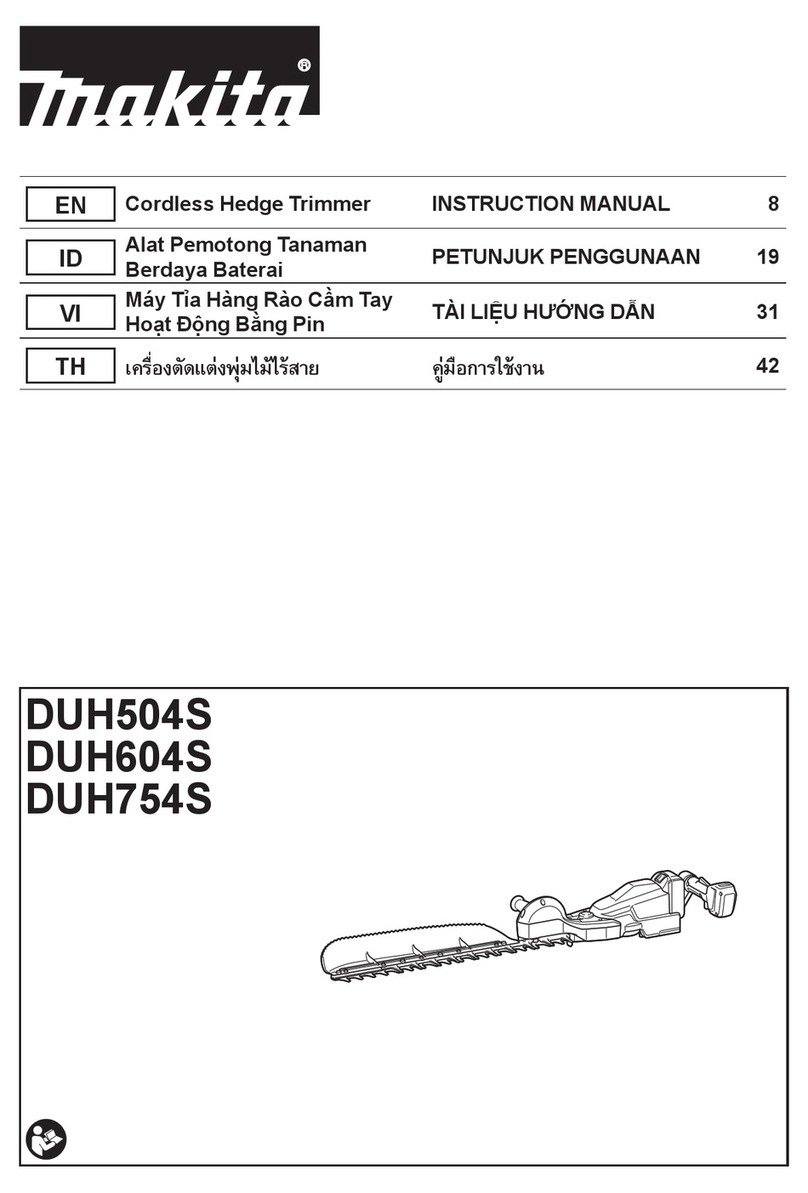
Makita
Makita DUH504S User manual
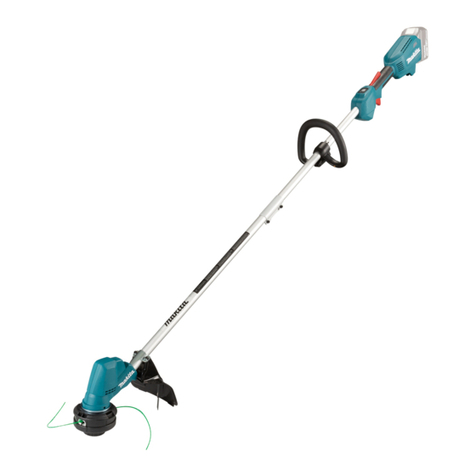
Makita
Makita DUR192LZ User manual

